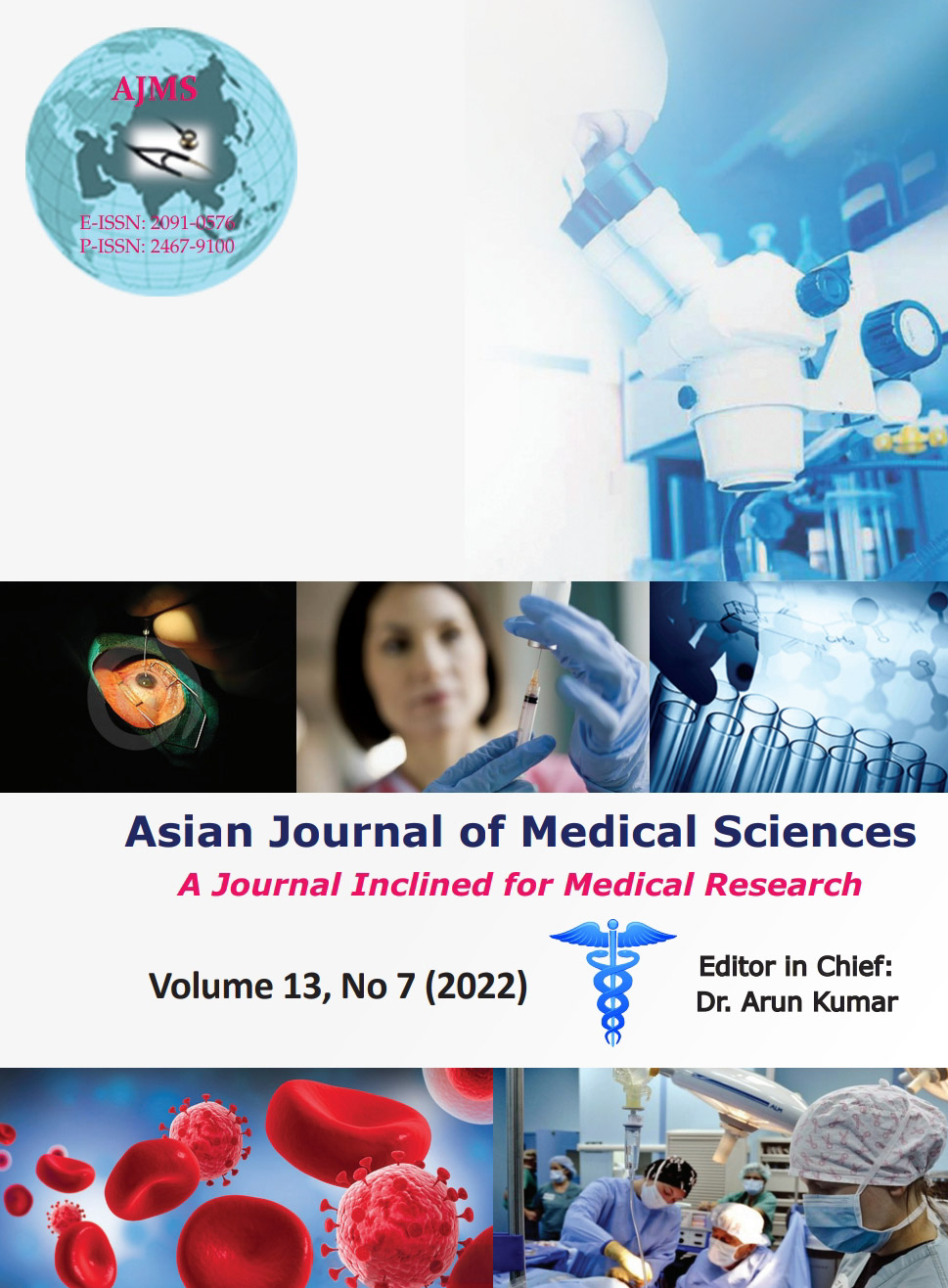A cheaper external fixator for phalynx fractures of hand - functional outcome study
Keywords:
Cheaper, Fixator, Fracture, Hand, PhalynxAbstract
Background: Phalynx fractures account for 2.9% of fractures and are most commonly associated with machinery injuries in middle and young-aged individuals. Many external fixators are used for the fixation of phalanges with complexity which are costly. In this study, we used a cheap, easy fixator to construct and can be used as an emergency or definitive fixation.
Aims and Objectives: The aim of the study was to evaluate the functional outcome after using a cheaper external fixator for phalynx fractures in place of costly mini external fixators for fixation which is used normally.
Materials and Methods: We had done this study on 28 patients with phalangeal fractures, mostly due to machinery injuries which are open injuries (22 patients), with male predominance (20). The mean age group in our study was 34.89 years. The most common phalynx involved was the middle phalynx of the ring finger (11 cases). We made a fixator with syringe caps and K-wires as fixators.
Results: Total active motion score used to assess the functional outcome after 3 months of follow-up and serial X-rays for assessing union. At the end of 3 months, 22 patients (78.5%) had shown excellent results, two patients (7.1%) had fair results, three (10.7%) had good results, and one patient (3.5%) had poor results.
Conclusion: We suggest this fixator as this is cheap and easy to reconstruct with the instruments commonly available in OT. This fixator gives similar results to complex high-end fixators as compared to previous studies. This needs less expertise and training and is cost-effective for the patient.
Downloads
Downloads
Published
How to Cite
Issue
Section
License
Copyright (c) 2022 Asian Journal of Medical Sciences

This work is licensed under a Creative Commons Attribution-NonCommercial 4.0 International License.
Authors who publish with this journal agree to the following terms:
- The journal holds copyright and publishes the work under a Creative Commons CC-BY-NC license that permits use, distribution and reprduction in any medium, provided the original work is properly cited and is not used for commercial purposes. The journal should be recognised as the original publisher of this work.
- Authors are able to enter into separate, additional contractual arrangements for the non-exclusive distribution of the journal's published version of the work (e.g., post it to an institutional repository or publish it in a book), with an acknowledgement of its initial publication in this journal.
- Authors are permitted and encouraged to post their work online (e.g., in institutional repositories or on their website) prior to and during the submission process, as it can lead to productive exchanges, as well as earlier and greater citation of published work (See The Effect of Open Access).




